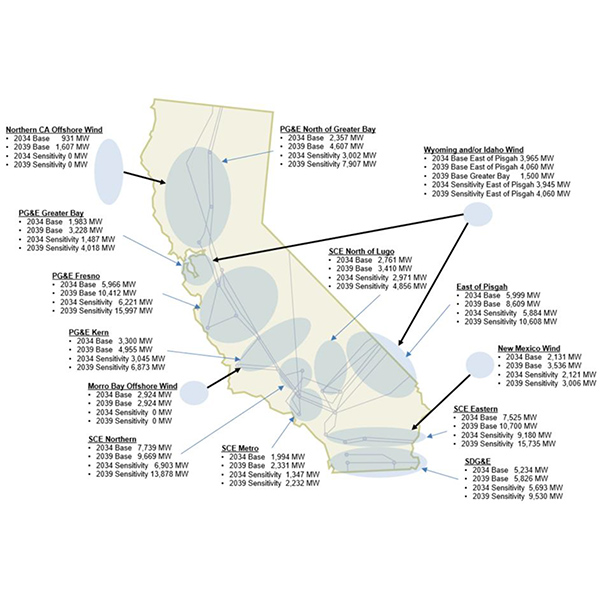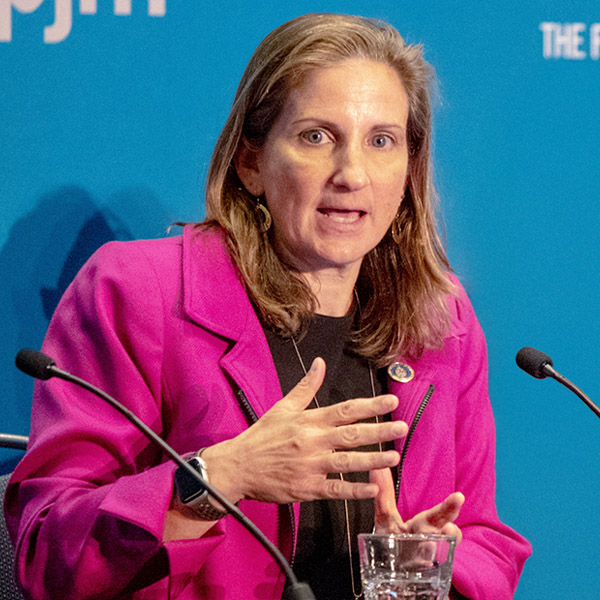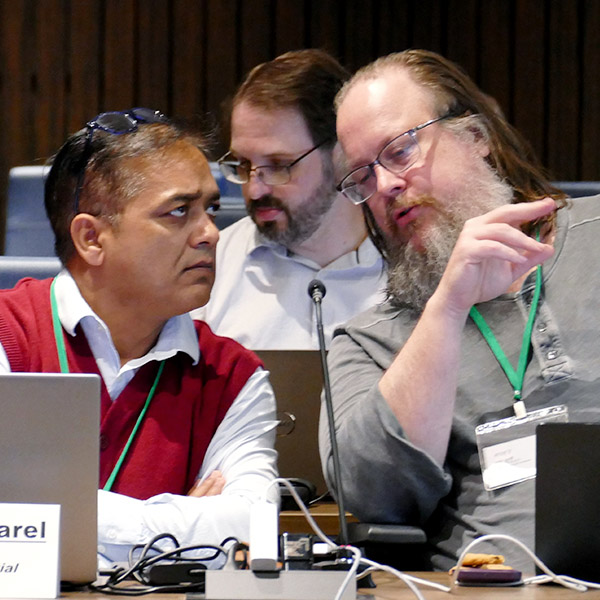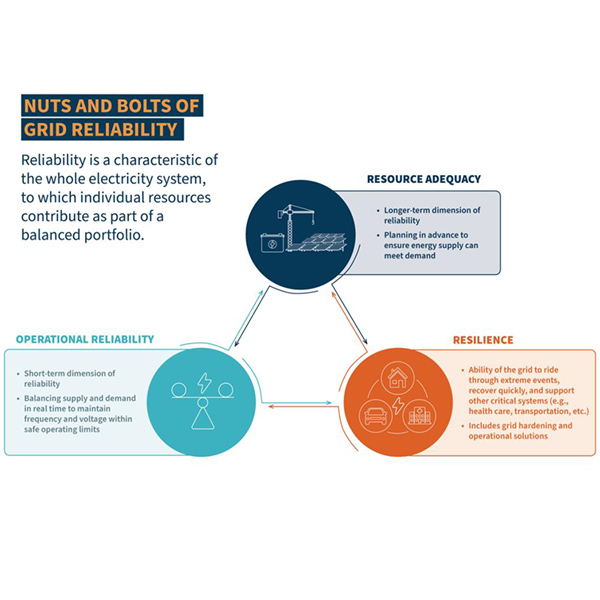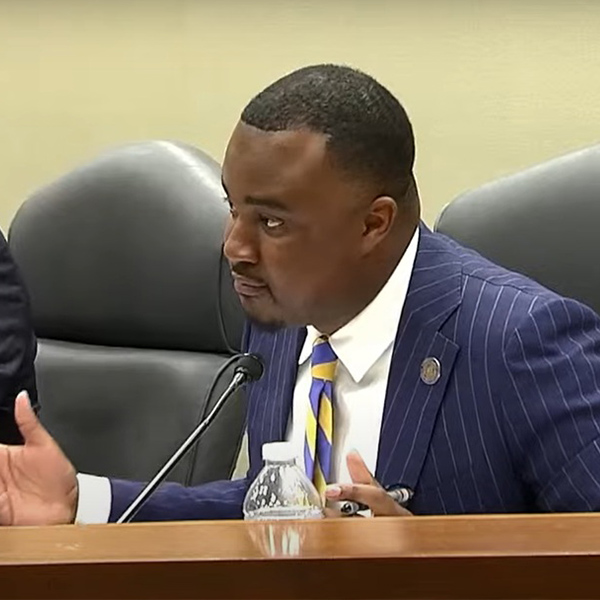Public Policy
Environmental RegulationsReliabilityState & RegionalAlabamaAlaskaArizonaArkansasCaliforniaColoradoConnecticutDelawareDistrict of ColumbiaFloridaGeorgiaHawaiiIdahoIllinoisIndianaIowaKansasKentuckyLouisianaMaineManitobaMarylandMassachusettsMichiganMinnesotaMississippiMissouriMontanaNebraskaNevadaNew HampshireNew JerseyNew MexicoNew YorkNorth CarolinaNorth DakotaOhioOklahomaOntarioOregonPennsylvaniaRhode IslandRTO-IndianaSouth CarolinaSouth DakotaTennesseeTexasUtahVermontVirginiaWashingtonWest VirginiaWisconsinWyoming
A data center campus planned in western Pennsylvania would include up to 4.5 GW of on-site gas-fired generation and be the largest facility of its kind in the U.S., a group of developers announced.
New York issued the first iteration of a plan to move the state toward greater use of flexible resources to meet future power needs while preserving reliability and affordability.
Dominion Energy Virginia asked for its first base rate increase since 1992 in the face of inflation and load growth in its territory.
CAISO's 2024/25 draft transmission plan recommends 31 new projects at an estimated cost of $4.8 billion, slanting heavily toward reliability needs.
California Gov. Gavin Newsom has suspended environmental laws to accelerate the undergrounding and hardening of utility equipment in communities ravaged by the Los Angeles wildfires.
Several state legislatures within the PJM footprint are considering bills that would mandate public utilities report every vote they cast at the RTO, with some also requiring a description of how those actions would benefit ratepayers.
Electricity imports from Canada into New York have continued without any change to prices, but the “fluidity and uncertainty” of President Donald Trump’s trade policy make it difficult to predict anything, state agencies reported to Gov. Kathy Hochul.
ERCOT stakeholders have endorsed several protocol changes related to the ISO’s real-time co-optimization project, keeping on track a project seen as a cornerstone for future market improvements.
The current debate in the U.S. electricity sector pitting efforts to increase renewables against the need for grid reliability in the face of growing demand could be unnecessary and counterproductive, according to one expert.
The Louisiana Public Service Commission selected a contractor to measure its statewide energy efficiency program, days after rumblings that a commissioner was prepared to dismantle the long-awaited program.
Want more? Advanced Search



